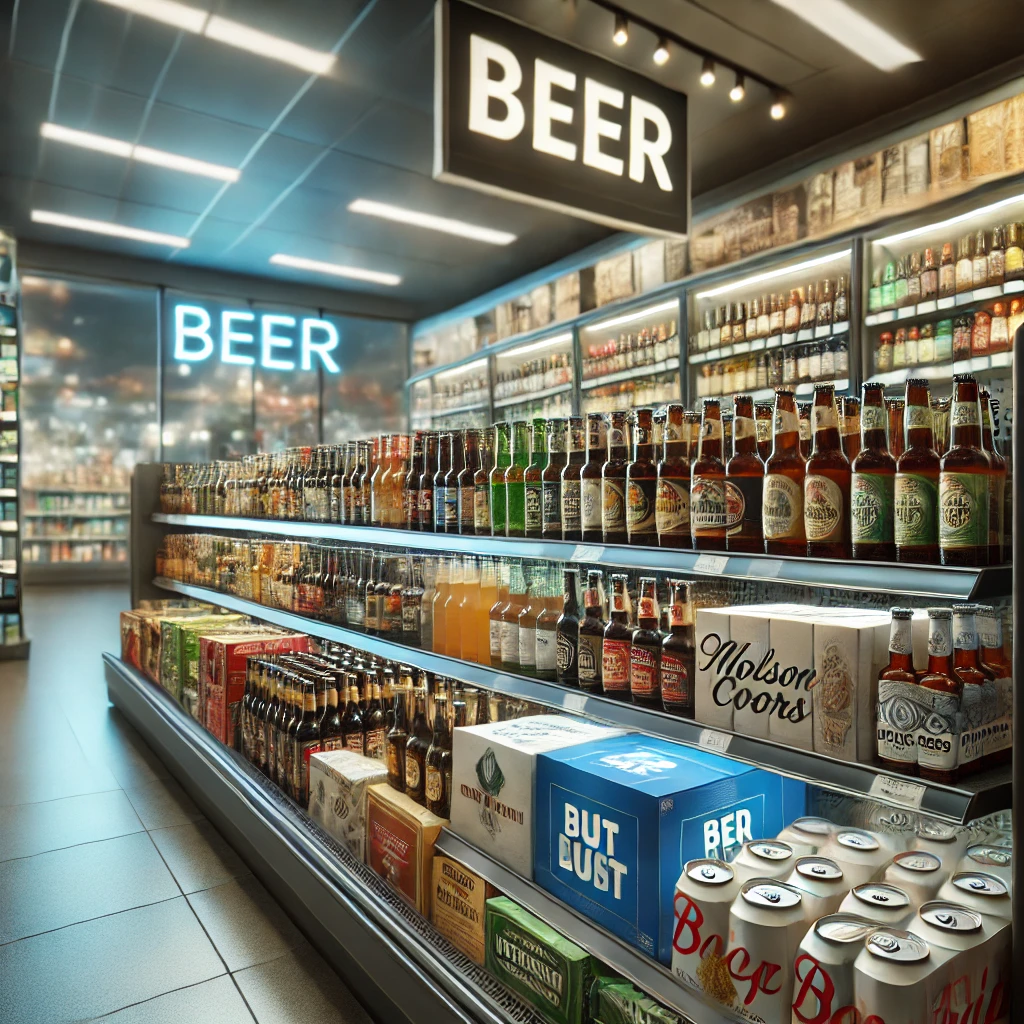Interview, Part 2: Ben Dollard, President, Treasury Wine Estates Americas
September 6, 2024
In the second part of our interview, Treasury Wine Estates Americas president Ben Dollard discusses the company’s recent move to split its luxury and premium portfolios into two separate divisions, opportunities ahead for the 2-million-case 19 Crimes brand and 760,000-case Matua, as well as TWE’s key distribution partners across the country.
SND: What benefits are you expecting from the new company structure, with luxury and premium brand divisions respectively?
Dollard: The experience that consumers have at wineries with our luxury portfolio is very different from the experience they have when we think about our premium business. Those experiences happen at different places, they happen at different times, and they require different focus. We’re going to get very deliberate around how we approach both segments.
On the premium front, I’m really excited about the creation of what we’re calling our Bold Brands division. That is largely around the engagement with the next-generation consumer, how we think about the recruitment of new consumers to wine and make the category accessible. That’s the driving force behind the creation of our two business units.
SND: What’s the plan to restore growth for the 19 Crimes brand in the U.S.?
Dollard: Innovation plays an important role on a brand like 19 Crimes. Our partnership with Snoop Dogg has been a big component of that, with wines like Cali Blanc and Cali Gold (those two labels combined for 140,000 cases last year, according to Impact Databank). We also did a fairly significant amount of work around what we call our 19 Crimes Classics tier and the evolution of the package. That’s just rolling out now and we’re optimistic. Having the right types of activations and partnerships for the brand is important as well—UFC is one of them.
SND: Where else in the premium portfolio are you expecting to drive growth looking ahead?
Dollard: The Matua brand from New Zealand is doing well and we continue to see a growth path moving forward. We’ll also think very carefully about new innovation there, all with a lens around recruitment. We’re considering this ability for the consumer to enter the wine category and feel welcomed. That’s the role of the premium business, and 19 crimes and Matua are central to that.
SND: You’ve recently adjusted U.S. distribution, deepening alliances with RNDC and Breakthru following the acquisition of Daou. How do you expect the new route to market to pay off?
Dollard: We have important relationships with both RNDC and BBG, also Columbia in the Pacific Northwest, Empire in New York, Martignetti in Massachusetts, and many others. We’ve now solidified those relationships and made sure that we’re aligned around where we see the priorities and the opportunities looking ahead.
SND: How do you assess the current landscape in the wine market overall?
Dollard: I do think that there is absolutely an opportunity for the wine category generally to continue to engage. The opportunity can come in an array of different places in terms of how we build distribution or as we think about brand-building. But we need to be very authentic in that engagement, staying true to the stories behind our brands. That’s where we are focused, and we feel like we’ve got a brand portfolio that’s well suited to that, so I’m optimistic for the future.
Subscribe to Shanken News Daily’s Email Newsletter, delivered to your inbox each morning.
GET YOUR FIRST LOOK AT 2024 PROJECTIONS FOR THE WINE AND SPIRITS INDUSTRIES. ORDER YOUR 2024 IMPACT DATABANK REPORTS. CLICK HERE.
